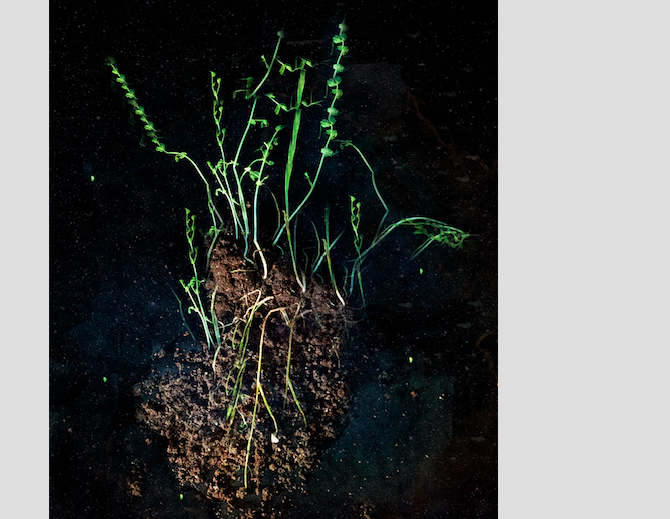What’s Sprouting?
Forced growing is the process of producing plants in a cool, dark indoor environment and depriving the plant of food, which forces it to thrive. And this process isn’t anything new within the gardening community. Google “forced growing” and the first result is rhubarb. According to Wikipedia, “In the United Kingdom, the first rhubarb of the year is harvested by candlelight in forcing sheds where all other light is excluded—a practice that produces a sweeter, more tender stalk.” A practice that dates back to 1817 in the “Rhubarb Triangle” of Leeds, Wakefield and Bradford, England.
The method works by eliminating the process plants use to cool down, leaving more energy for growth in a shorter period of time. Plants have a blue-green pigment, which detects light, and when kept in the dark the plant is tricked into thinking it is still far beneath the surface. This allows for continual growth, until introduced to a light source, which slows the growth. And what does this mean for plants? Let’s look at that rhubarb again—it is a more slender, sweeter and more tender harvest than the vigorous outdoor growth.
Some farmers, chefs and home growers are experimenting with this process to grow sprouts full of robust flavor, adding more depth to culinary dishes. This is because excluding light prevents chlorophyll from forming, which can be responsible for a bitter taste. Sprouts are young plant growth, of which the best known are Mung bean and alfalfa. Today, however, everything from chicory sprouts to radish sprouts are being grown, and even Trader Joe’s and Whole Foods sell varieties such as sunflower and pea.
The health benefits of this growing method include a higher nutritional value increasing vitamins, minerals and proteins, while reducing carbohydrate and caloric content. Additional benefits of dark growing allow for access to a year-round fresh harvest, the ability of individuals with no or little outdoor space to try their hand at planting and the flexibility to produce harvests in alternative seasonal environments or a catastrophic farming season. Look for the sprouts to be popping up at a table near you.
Want to try your hand at dark growing? Here are a few tips:
Begin with sprouts easiest to grow, such as bean, broccoli, cucumber, dandelion greens, pea, popcorn, radish or rhubarb.
Soak seeds overnight to induce germination.
Plant multiple seeds in organic potting soil in medium-sized pots.
Place pots in a cool, completely dark room such as a basement or cellar.
Water every other day or when soil is dry. Water at night to eliminate any natural light exposure. The potential for mold to grow is higher due to the dark, cool air the plant is exposed to during growth. Leaving periods for the water to be completely absorbed by the plant reduces the chances that mold will grow on top of the soil.
Sprouts can be harvested between 1½ to 5 days, depending on the desired flavor and tenderness.





